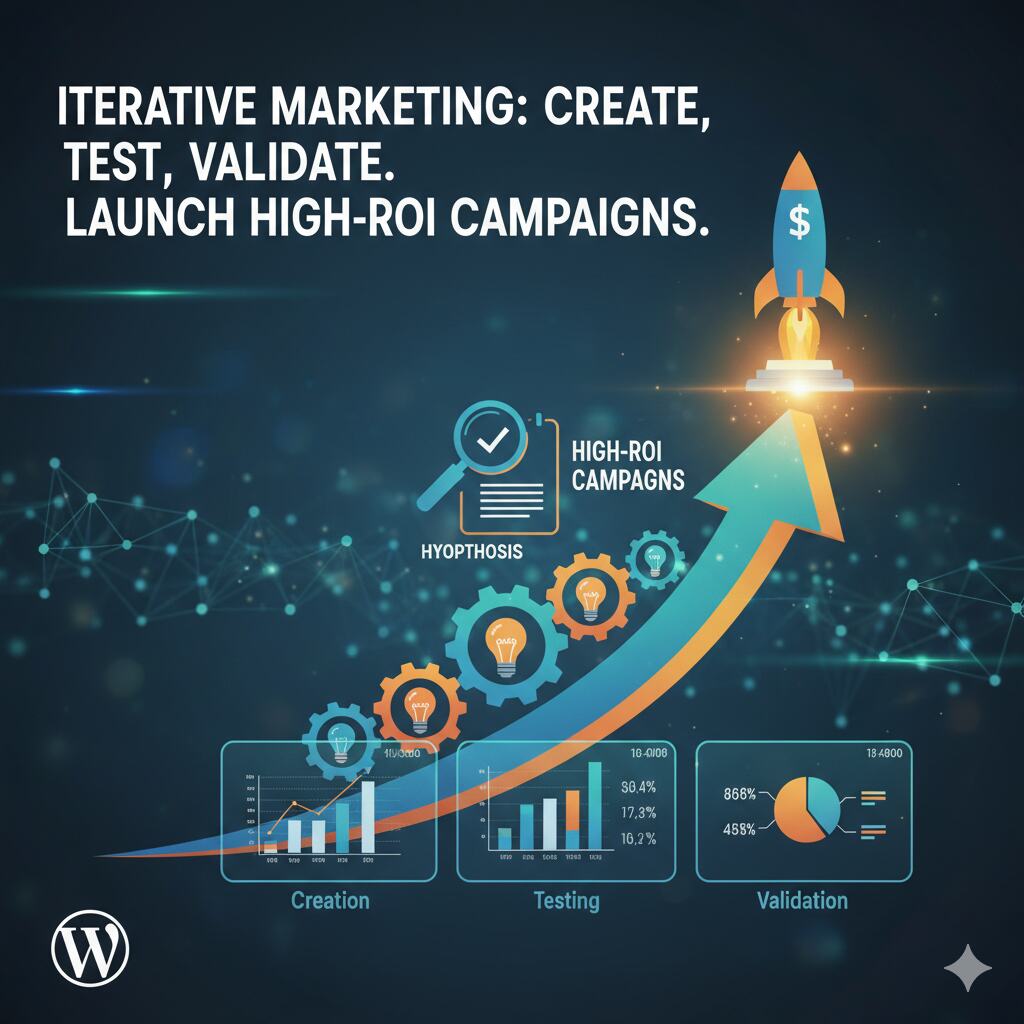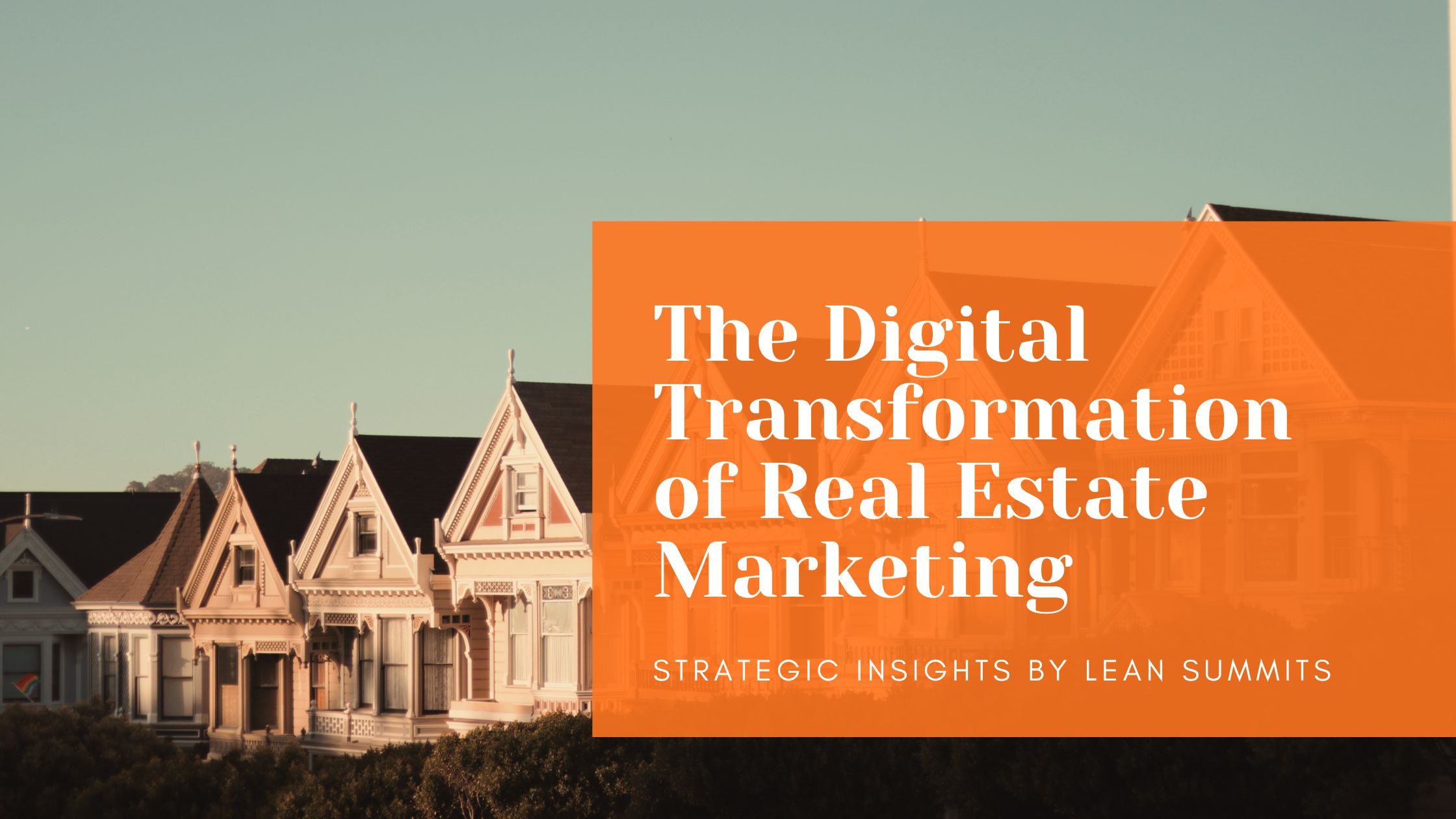Every marketing campaign you run will have its positive and negative impacts. Some will bring in record-breaking revenue, others will fail to convince the audience. But here’s the thing: all of them can help you create more efficient and optimized tactics in the future through iterative growth marketing.
Iterative marketing is a crucial component of the broader strategy of agile marketing—the process of marketing different products through short, quick sprints or iterations. It’s one of the most popular marketing strategies among CMOs. According to an Agile Sherpas report, more than 93% of CMOs surveyed reported faster speed-to-market for ideas, campaigns, and even products through iterative marketing strategies.
In this guide, we’ll discuss everything you need to know about the power of iterative marketing: its definition, benefits, and implementation strategy. Dive in to find out how you can leverage iterative marketing in 2025.
- What is Iterative Marketing?
- Benefits of Iterative Marketing: What to Expect?
- How to Implement Iterative Marketing in 2025?
- Lean Summits Solutions: Your Iterative Growth Marketing Partner in 2025
- The Power of Iterative Growth Marketing: FAQs
What is Iterative Marketing?
Iterative marketing is the process of learning from your existing marketing strategies and applying those lessons to your next campaign. Iterative growth marketing is based on three major elements: gathering actionable quantitative data, creating hypotheses, and testing the hypotheses through A/B testing, before finally creating the next strategy that incorporates the results of your research.

Benefits of Iterative Marketing: What to Expect?
Over the past decade, we’ve worked with a wide range of industry leaders to conduct marketing research and launch agile marketing campaigns that build upon their initiatives. Here are just some of the benefits that our clients received:
- Data-Backed Insights: You will be able to move beyond qualitative assumptions by relying on actual data you’ve collected about your current marketing campaigns.
- Increased Marketing ROI: Once you know what works and what needs to be tweaked, you can focus on your strongest channels/ideas, while minimizing resource drain on ideas that don’t work.
- Quick Market Adaptation: One of the best things about iterative marketing is that you can adapt your marketing strategy to changing customer needs, behavior, and expectations – before they hurt your marketing efforts.
- Smoother Customer Journey: Iterative marketing focuses on finding the most effective approach to convert prospects into long-term, paying clients. It therefore heavily focuses on helping the prospect move through different stages of the buying journey.
- Risk Reduction: Without iterative marketing, you risk discovering that your campaigns aren’t working until revenue drops. With iterative marketing, you can see drop-offs coming a mile away – and take preventive action to turn your strategy around before it harms the bottom line.
Check out our success stories to find out how we helped a wide range of clients leverage iterative marketing to gain new customers and retain existing ones.
How to Implement Iterative Marketing in 2025?
Step 1: Measure and Analyze Key Performance Indicators
Measuring key performance indicators is one non-negotiable prerequisite for iterative growth marketing. Without it, you won’t be able to judge whether your agile marketing campaign is actually working or not.
This might not be strictly true in the short run: for example, you might see revenue increases for a couple of months, but you suddenly see a decline. That’s what underlying KPIs, like marketing ROI and cost-per-acquisition, can help you predict and avoid. After all, iterative marketing is not just about increasing sales: it’s about combining marginal improvements into huge revenue gains.
So, you must set up and measure your KPIs not just from a financial perspective, but from a marketing and sales perspective. We recommend using a combination of CRM software and data analysis platforms like Google’s Looker or Domo for this purpose.

Step 2: Create a Hypothesis About Your Marketing Strategy
Once you’ve created a visual dashboard where you can track your KPIs in real-time, it’s time to create one or more hypotheses about your marketing strategy. Here are a few examples of what your hypotheses might look like:
- There are a lot of drop-offs in the last week of the customers’ free trials. So, we need to send emails with discounted offers or free trial extensions to convert free users into paid ones.
- Prospects are trusting user-generated content more than company-generated content. Therefore, referrals or UGC might be the best type of BOFU content we can employ.
- It’s better to spend $5,000 creating videos and sharing them through emails than writing blogs to improve inbound traffic.
Remember, these hypotheses must be based on something you observe when you track KPIs. They can’t just be blind assumptions or leaps of logic – these might end up wasting your time and efforts. You should be able to cite some evidence that (at least on the first glance) supports your hypothesis.
Step 3: Test & Validate the Hypothesis
Armed with hypotheses, it’s now time to put them to the test. That means creating quick, short-term marketing scrums whose aim is to prove or disprove your assumptions. These experiments could be in the form of A/B testing, a small paid campaign, or a shift in your existing marketing strategy for a pre-defined period of time.
Step 4: Measure the Results, Confirm or Refine the Hypothesis
Then, collect the data, compare the numbers with your previous/existing campaign, and see if you notice an uptick. This is one of the most important steps in both iterative and agile marketing. It’ll tell you whether your approach is correct or needs tweaking.
We also recommend accounting for statistical anomalies. For example, traffic could be up simply because you ran a paid campaign, or customers whose free trial you extended still ended up dropping the product once the extension period lapsed. So, be sure to account for these variables while validating your hypothesis.
Step 5: Launch Your New Agile Marketing Campaign
Once you’ve analyzed your hypothesis from different perspectives (budget, effort, and time required to implement the changes), you can confidently launch your new campaign. Further, you should specify the gains that you expect in terms of your KPI, along with the time frame within which you should notice those gains.

Lean Summits Solutions: Your Iterative Growth Marketing Partner in 2025
Whether you’re not happy with your existing marketing approach or want to increase your marketing ROI, iterative agile marketing is the ideal strategy. It promises both short- and long-term growth, not based on ideas and assumptions, but on quantifiable metrics.
For example, we at Lean Summits Solutions have helped a wide range of clients – shipping companies, optometrists, e-commerce giants – onboard new customers and retain existing ones through growth marketing solutions backed by data-driven insights.
So, if you’re looking for a partner that can help you execute an iterative marketing campaign, why not reach out to us for a free consultation? Just tell us about your short-term priorities and long-term growth goals, and we’ll present you with a detailed roadmap on how to achieve them.
The Power of Iterative Growth Marketing: FAQs
How does iterative marketing boost ROI?
By constantly testing and refining strategies, iterative marketing focuses the budget on high-performing tactics. This campaign optimization reduces waste and significantly increases overall marketing ROI.
What’s the link with agile marketing?
Iterative marketing is a core component of agile marketing. Both emphasize flexibility, rapid testing, and adapting strategies based on real-time data and results from previous campaigns.
How is iterative marketing different from agile marketing?
Iterative marketing is the tactical process of cyclical testing and learning from each campaign. Agile marketing is the broader strategic framework of flexible workflows that enables this rapid experimentation and adaptation. At Lean Summits Solutions, iterative marketing is a critical part of our overall agile marketing service.
Why is it good for risk reduction?
This approach allows you to test small changes on a small scale first. This identifies potential failures early, preventing costly mistakes in your larger growth marketing campaigns.
What do I need to start with iterative marketing?
To adopt an iterative approach to marketing, you need to track KPIs, form data-backed hypotheses, and run A/B tests. This cycle of learn-and-apply is the foundation of successful iterative marketing and campaign optimization.



